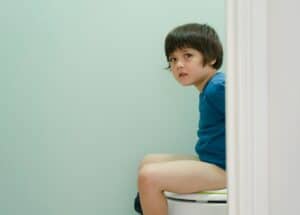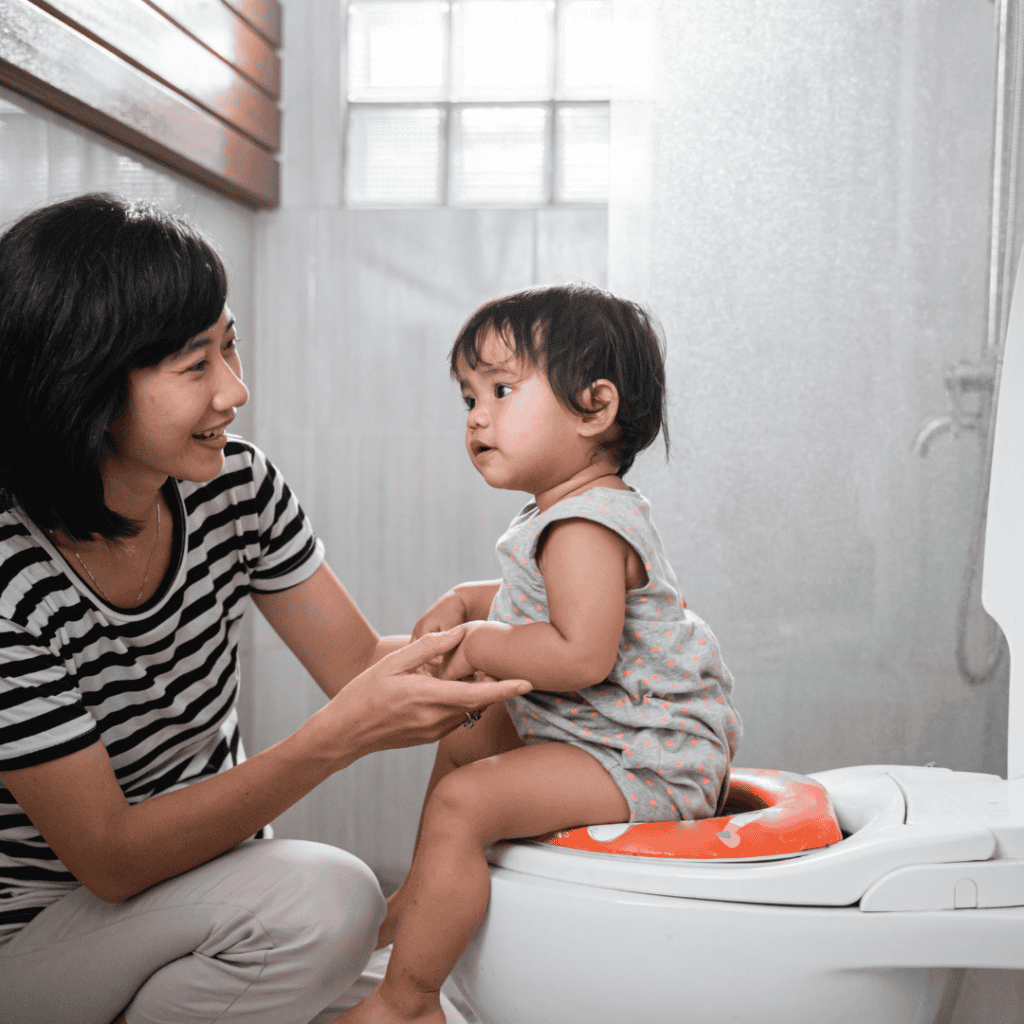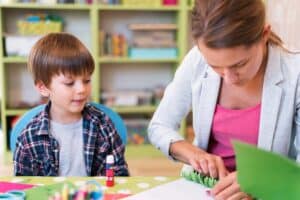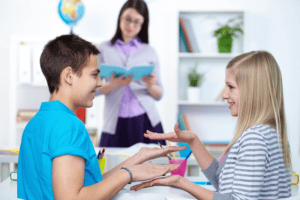Toilet training, a significant milestone in a child’s development, can be both exciting and challenging for parents. In Mason, where families thrive in a supportive community, navigating this journey can be made easier with the right knowledge and resources. This comprehensive guide aims to provide parents in Mason with valuable insights, practical tips, and local resources to successfully toilet train their little ones.
Understanding Readiness Signs
Before diving into the toilet training process, it’s essential to recognize signs of readiness in your child. Look for cues such as showing interest in the bathroom, staying dry for longer periods, or communicating discomfort with wet or soiled diapers. Every child is unique, so be patient and attentive to your child’s signals.
Creating a Positive Environment
Establishing a positive and supportive environment is key to successful toilet training. Set up a designated potty training area in your home with all the necessary supplies within reach. Encourage your child with praise and rewards for every small achievement, fostering a sense of accomplishment and motivation.

Developing a Routine
Consistency is crucial when it comes to toilet training. Develop a predictable routine by scheduling regular bathroom breaks, especially after meals and naps. Encourage your child to sit on the potty chair or toilet for a few minutes, even if they don’t feel the urge to go. Over time, this routine will help reinforce healthy bathroom habits.
Set Regular Bathroom Breaks
Schedule regular bathroom breaks throughout the day, especially during key times such as after meals, snacks, naps, and before bedtime. Consistency in timing helps your child anticipate when they need to use the bathroom.
Use Visual Cues
Utilize visual cues to remind your child of bathroom breaks. Set a timer or use a visual schedule with pictures to indicate when it’s time to visit the potty. Visual aids can help children understand and follow the routine independently.
Encourage Preemptive Visits
Encourage your child to sit on the potty chair or toilet even if they don’t feel the urge to go. This preemptive approach helps establish the routine of using the bathroom regularly, reducing the likelihood of accidents.
Stay Patient and Supportive
Be patient and supportive during bathroom breaks, even if your child doesn’t produce results every time. Offer encouragement and praise for their efforts, regardless of the outcome. Positive reinforcement strengthens their confidence and motivation to continue trying.
Create a Comfortable Environment
Make the bathroom environment inviting and comfortable for your child. Use a child-sized potty chair or a toilet seat insert with a step stool for easy access. Keep the bathroom well-stocked with toilet paper, wipes, and any other essentials your child may need.
Model Healthy Habits
Set a positive example by demonstrating healthy bathroom habits yourself. Narrate your actions during bathroom breaks to show your child the proper techniques for using the toilet, wiping, and washing hands. Children often learn best by observing and imitating.
Be Flexible and Adaptive
While consistency is important, be flexible and adaptive to your child’s needs and schedule changes. Adjust the routine as necessary based on your child’s progress, preferences, and any external factors that may arise.
Communicate with Caregivers
If your child attends daycare or preschool, communicate your toilet training routine with their caregivers. Ensure they understand the schedule and are supportive of your efforts to reinforce consistency across different environments.
Introducing Potty Training Tools
Introducing potty training tools such as a child-sized potty chair or a toilet seat insert can make the process more comfortable for your child. Let them choose their preferred potty seat design or color to make it a fun and personal experience. Consider using books, videos, or songs about potty training to further engage and educate your child.
Child-Sized Potty Chair
A child-sized potty chair is often the first tool introduced in toilet training. These chairs are designed with smaller dimensions and colorful, child-friendly designs to appeal to your little one. They come in a variety of styles, including standalone chairs and those with removable inserts for easy cleaning. Involve your child in selecting their potty chair, allowing them to choose a design that resonates with their preferences.
Toilet Seat Inserts
Once your child is comfortable with the concept of using a potty chair, transitioning to a regular toilet can be facilitated with a toilet seat insert. These inserts fit securely onto the adult toilet seat, reducing the size of the opening to accommodate your child’s smaller frame. Some inserts come with handles or grips for added stability, providing your child with confidence during this transition.
Step Stools
To enable your child to independently access the toilet or potty chair, a step stool is essential. Choose a sturdy, non-slip step stool that allows your child to safely climb onto the toilet or reach the potty chair. Encourage your child to practice climbing onto the toilet or potty chair with the step stool, gradually fostering independence in the toilet training process.
Books, Videos, and Songs
Incorporating educational materials such as books, videos, or songs about potty training can make the process more engaging and informative for your child. Look for age-appropriate resources that explain the concept of using the toilet in a fun and relatable way. Reading potty-themed books together or watching videos featuring beloved characters can help your child feel excited and motivated about toilet training.
Potty Training Dolls or Toys
Introducing potty training dolls or toys can provide your child with a hands-on learning experience. These dolls or toys are designed to mimic real-life toilet training scenarios, allowing your child to practice essential skills such as undressing, sitting on the potty, and flushing. Role-playing with potty training dolls or toys can help alleviate any anxieties your child may have about using the toilet.
Reward Systems
Implementing a reward system can incentivize your child’s progress in toilet training. Consider using stickers, charts, or a reward jar to acknowledge and celebrate your child’s successes. Set achievable goals and offer small rewards or privileges for meeting them, such as choosing a favorite snack or activity. The key is to make the reward system positive and reinforcing, motivating your child to continue their efforts.
Managing Setbacks with Patience
Toilet training is a journey with ups and downs, and setbacks are normal. Approach setbacks with patience and understanding, avoiding punishment or pressure. Instead, offer reassurance and support, and continue to praise your child’s efforts. Remember that every child progresses at their own pace, and consistency is key to eventual success.
Local Resources and Support
In Mason, parents have access to various resources and support networks to assist them in the toilet training journey. Local parenting groups, community centers, and libraries often host workshops or provide educational materials on potty training. Additionally, pediatricians and child psychologists can offer valuable advice and guidance tailored to your child’s unique needs.
Celebrating Milestones
As your child makes progress in toilet training, celebrate their milestones to reinforce positive behavior and boost their confidence. Create a chart or sticker system to track their successes, and celebrate each achievement with praise, hugs, or small rewards. Remember to involve other family members in the celebration to make it a shared and joyous experience.
Conclusion
Mastering toilet training in Mason, Ohio is a pivotal milestone for both parents and children alike. With the right techniques and patience, this process can be smooth and successful. Remember, consistency is key, and positive reinforcement goes a long way in encouraging desired behaviors. As you embark on this journey, don’t hesitate to seek support from professionals or fellow parents who have gone through similar experiences. Together, we can celebrate each step towards independence and growth in our little ones.
For further guidance or assistance with toilet training or any other behavioral needs, feel free to contact Positive Solutions Behavior Group LLC at 859-282-0400. Our team of experts is dedicated to providing personalized solutions and support tailored to your family’s unique needs. Let’s work together to ensure a positive and successful toilet training experience for your child.





